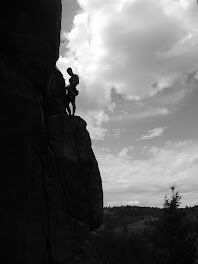Without a doubt one of the most fascinating places, full of unique sights, sounds and smells was the market off the Grand Canal in Suzhou China. Unfortunately this was also one of the places, including the Great Wall, where my camera(s) batteries decided to die. However I did get several good pictures that illustrate this fabulous place.
In my opinion it is the market place(s) in China that illustrate their adherence to the old traditional way of life in a blend with much of the modern lifestyle that is in evidence in so many ways in the country. I will say this I have never seen so much and such a variety of fresh food and vegetables. One of these pictures also illustrates their version of a simple department store, Wal Mart on a miniature scale. Do they have Wal Marts? Yes they do there is one in Suzhou which I did not see but I heard was very similar to our Wal Mart. China has been very fast to change however they have not yet embraced the concept of shopping in that way. I wonder if that is because of their mode of transportation is still centered upon the use of bicycles and scooters. However I did see an entire household of furnishings being hauled on a bicycle.
So here are my pictures from the Market on the Grand Canal in Suzhous. Spoiler Alert: you may see some pictures here of animal parts and such that you may find distasteful.






















